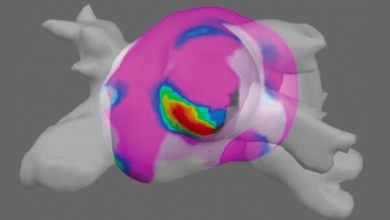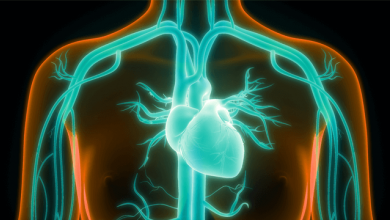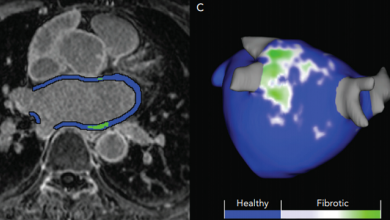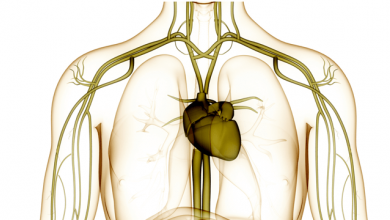Search results
Author(s):
Sanjiv M Narayan
,
David E Krummen
Added:
3 years ago
Atrial fibrillation (AF) is the most prevalent arrhythmia in the world and a leading cause of hospitalisation and death.1 Current therapy for AF remains suboptimal, in large part because its mechanisms are uncertain. However, recent advances in our understanding of human AF, from meticulous mapping in patients and insights from animal models, are providing new therapeutic options for patients.
…
View more
Author(s):
Maya S Verma
,
Maria Terricabras
,
Atul Verma
Added:
2 years ago
Author(s):
Demosthenes G Katritsis
,
Bernard J Gersh
,
A John Camm
Added:
3 years ago
Thrombotic material in atrial fibrillation(AF) usually develops in the left atrial appendage as a result of decreased flow and stasis, possible endothelial dysfunction and a hypercoagulable state as indicated by increased fibrinogen, D-dimer, thromboglobulin and platelet factor 4 levels.1 In the Framingham Heart Study, the percentage of strokes attributable to AF increases steeply from 1.5 % in…
View more
Author(s):
Jean-Baptiste Gourraud
,
Jason G Andrade
,
Laurent Macle
,
et al
Added:
3 years ago
Atrial fibrillation (AF) is the most common sustained cardiac arrhythmia observed in clinical practice, occurring in approximately 2 % of the general population.1–3 A progressive increase in both the prevalence and incidence of AF has been demonstrated in recent years, defining AF as a major economic and public health issue.1
The identification of sites of AF initiation and/or maintenance within…
View more
Author(s):
Ling Zhang
,
Yuemei Hou
,
Sunny S Po
Added:
3 years ago
Atrial fibrillation(AF) is the most frequently encountered arrhythmia in clinical practice and has become an emerging epidemic. AF is associated with increased cardiovascular mortality and morbidy such as stroke.1–3 Over 2.3 million people in the US are affected by AF: it is estimated that AF will affect more than 15 million Americans by 2050.3 The traditional risk factors implicated in the…
View more
CMR and AF Management
Author(s):
Yan Zhao
,
Lilas Dagher
,
Chao Huang
,
et al
Added:
3 years ago
Article
Author(s):
Marco Alings
Added:
3 years ago
Atrial Fibrillation(AF) is the most common cardiac arrhythmia, with the highest prevalence in elderly patients, and is characterised by an irregular heart rhythm that may result in clots in the heart that can spread throughout the circulatory system. It is seen in approximately 2 % of the European adult population and is a significant cause of increasing healthcare costs in developed countries.1…
View more
Author(s):
C Fielder Camm
,
A John Camm
Added:
3 years ago
Hypertrophic cardiomyopathy (HCM) is a common genetic cardiac disorder, with an autosomal dominant mechanism of inheritance.1,2 It has a prevalence of 1 in 500 within the general population, and is a known cause of sudden cardiac death.2,3 Recognised autosomal dominant mutations within sarcomere proteins are found in 55 % of adolescents with sporadic HCM.4 Characteristic echocardiographic…
View more
Author(s):
Jing Xian Quah
,
Dhani Dharmaprani
,
Anandaroop Lahiri
,
et al
Added:
2 years ago














 « First
« First